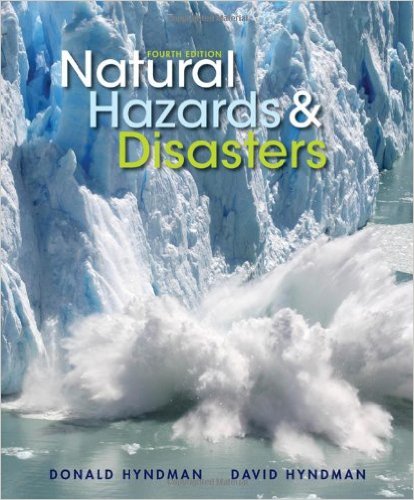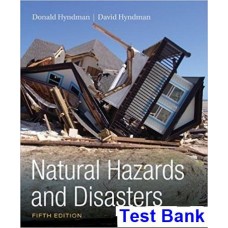Natural Hazards And Disasters 4th Edition by Donald Hyndman – Test Bank
James: Nursing Care of Children: Principles and Practice, 3rd Edition
Do you need test banks fast? eTestBank.net is the best test bank website for you! Download your test bank right after you pay. No waiting!
Why eTestBank.net is Great:
✅ Instant Download:
Get your test bank right away after payment.
✅ Unlimited Downloads:
Download your test bank anytime and as many times as you want.
✅ 24/7 Live Help:
We are here to help you all day, every day.
✅ Guaranteed Delivery:
If you don’t get the download right away, we will send it to you in 3 to 6 hours.
How to Get Your Test Bank:
- Pick Your Test Bank: Choose from many test banks.
- Pay Safely: Pay securely on eTestBank.net.
- Download Instantly: Get your test bank immediately after payment.
- Download Anytime: Unlimited downloads whenever you need them.
Need Help? Contact Us:
📧 Email: [Support@etestbank.net]
📱 WhatsApp: [https://wa.me/message/MC222DLQ4GDXL1r]
Didn’t Get Your Download?
Don’t worry! If you don’t get the file right away, we’ll send it to you in 3 to 6 hours. Need it sooner? Contact us by email or WhatsApp.
💡 Buy now from eTestBank.net for instant downloads, unlimited access, and 24/7 support—get your test bank today!
Chapter 3
EARTHQUAKES AND THEIR CAUSES
MULTIPLE-CHOICE QUESTIONS
- What is the approximate highest frequency of vibration (of back-and-forth shaking) in earthquakes?
- 2-3 cycles per minute
- 2-3 cycles per second
- 20-30 cycles per second
- 2,000-3,000 cycles per second
- 20,000-30,000 cycles per second
ANSWER: c
- Which type of earthquake waves shake with the largest amplitudes (largest range of motion)?
- compressional waves
- shear waves
- surface waves
- P waves
- S waves
ANSWER: c
- How is the distance to the source of an earthquake determined?
- by calling many seismograph operators to see who felt it most strongly
- by subtracting the travel times of P and S waves
- by measuring the frequency of the P waves as they arrive at a seismograph
- by measuring the height of the S waves recorded on a seismograph
- by adding the travel times of the L waves and the Raleigh waves
ANSWER: b
- What does the Richter Magnitude Scale depend on?
- the maximum amplitude of earthquake waves on a seismograph
- the frequency of P waves recorded on a seismograph
- the intensity of shaking during the earthquake
- the amount of destruction by the earthquake
- the distance to the earthquake focus
ANSWER: a
5.A magnitude 7 earthquake has how much higher ground motion than a magnitude 6 earthquake on a seismogram?
- twice as high
- 10 times higher
- 32 times higher
- about 100 times higher
- about 1,000 times higher
ANSWER: b
- Which type or types of earthquake waves move only near the surface of the Earth?
- all earthquake waves
- P waves
- surface waves
- S waves
- waves from faults that break near-surface rocks
ANSWER: c











